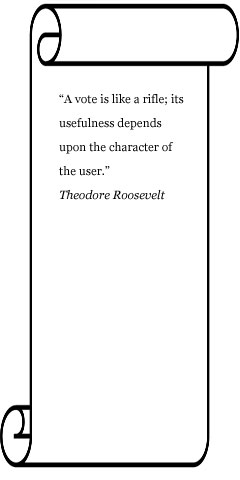| Remember the Maine:
Publisher's Preview
By Mike Bennighof, Ph.D.
February 2013
From the publisher’s perspective, there’s nothing to make you think about a newly published game than assembling it. Over and over you run the parts through your hands, putting them in their boxes, checking to make sure they’re all there, and closing the box and putting its wrap on it. Over. And over.
Even so, Remember the Maine is one of the more satisfying assembly jobs I’ve handled lately. It’s nice and hefty; not in the weight class of Frontier Battles, but pretty solid all the same. When first envisioned, it was going to be published in Playbook format like They Shall Not Pass – all the components tucked inside a 64-page book.
I’d like to say I have no idea from whence that insane notion came, but I do. Even the greatly reduced Remember the Maine planned for the Playbook edition would not have fit in the plastic bag that holds them. And the text would have burst the limits of a 64-page book – the scenario booklet alone for the boxed edition comes in at 64 pages, and that’s only after our production manager played with it a while to shrink it to that size.
So once things had settled down around here, I rejected the Playbook concept, changed the game to a full boxed edition, and thanks to developer Jim Stear ended up with what I consider a truly superior product. Here’s a look at what’s inside the box.
What You Get: The Toys!
There’s a full sheet of playing pieces, 100 “long” ship pieces and 80 square ones. Remember the Maine isn’t the first game we’ve done with laser-cut pieces, but it is the first game that was planned around them. That let us craft the mix of pieces to fit the game situation instead of a pre-set pattern for die-cutting.
    
That provided plenty of pieces for all the ships that took part in the naval campaign of 1898, both in the Caribbean and the Far East. And ships that could have been committed to action, but for whatever reason were not, like the Spanish battleship Pelayo.
And then there’s the best set of toys: the ships that didn’t take part in the war at all. The Americans receive all of their pre-dreadnought battleships through the Virginia class, plus the Idaho and Mississippi, a pair eventually sold to Greece (these last have never before appeared in a Great War at Sea game in the American colors). And then they get a quartet of battleships that never existed: two examples of the proposed 1892 battleship, and two of a proposed design featuring a triple turret.
    
The Spanish get their fantasy ships too: the projected sister for Pelayo, and the pair of French-designed battleships the Armada hoped to construct but for which it never received funding. Plus they get the three British-designed battleships initially requested in 1902 and delayed and revised continually until they became Spain’s only class of dreadnoughts. And a whole set of Italian-built armored cruisers, the class of four Spain wished to acquire (only one of which actually saw action, perishing at the Battle of Santiago before her main armament had even been fitted).
What You Get: The Scenarios!
There are 45 of them. That’s right, forty-five. Give Jim Stear a toybox like that described above, and he will provide. The total surprised me, but Jim crafted a number of small battle scenarios using some innovative new special rules for small warships.
The whole war’s covered, both in terms of operational and battle scenarios. As are the possibilities of an earlier start and a later start to the war. So you get to use all those extra battleships and armored cruisers in action.
What You Get: The Map!
It’s a full-sized map of the Caribbean Basin, showing all the key ports of 1898 – Spanish, American and neutral (those last can be really important). The Playbook version would have been just half the size, and not nearly as much fun.
Ancient History
Back around the end of the century, we published a game called Great War at Sea: 1898, The Spanish-American War. It came out during our brief and ultimately wrong-headed fascination with the mounted mapboard – once oil prices started surging in the early Zeroes, shipping costs became prohibitive for game parts that heavy.
So now the crusty old salts want to know what’s different in this game. That would be, well, everything. All of the ship art is new and much, much sharper - the ship drawings in the old game were nowhere near our recent standard and all have been replaced. And there’s more ship stuff: 100 “long” ones vs. just 60 in the old one. The map is four times the size of the old game’s map. There are more than twice as many scenarios.
And it’s better stuff, too. For starters, the operational scenarios in the old game were badly cramped by the tiny map. Now the Spanish come into the Caribbean with real options.
Adding On
You can use these ships in even more scenarios with Great White Fleet – a book originally crafted for the old 1898 game, but all the ships you’d need from the older game are present in this one. It’s pretty cool, as the American Great White Fleet sails around the world, explores new cultures and meets interesting different peoples – and fights them.
Summary
This is a good package – enormously better than what we would have produced in the Playbook edition. The larger canvas, and the enthusiasm of the developer, make this a superior product. I’m really glad we published this game.
See for yourself - order Remember the Maine right now. Yes, now!
|


